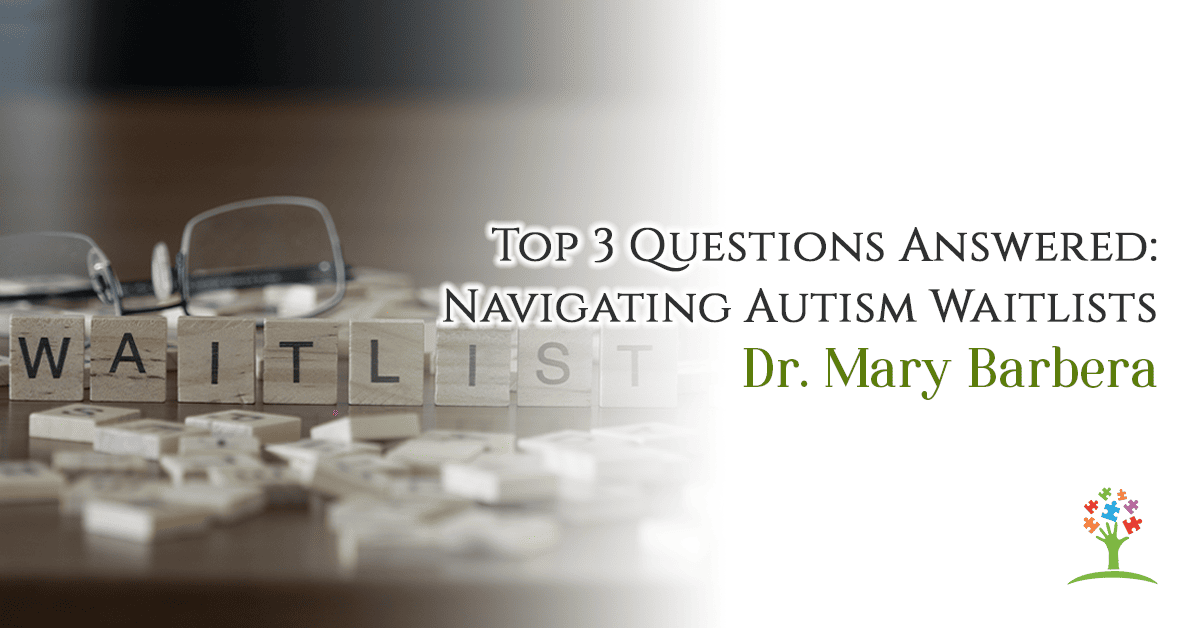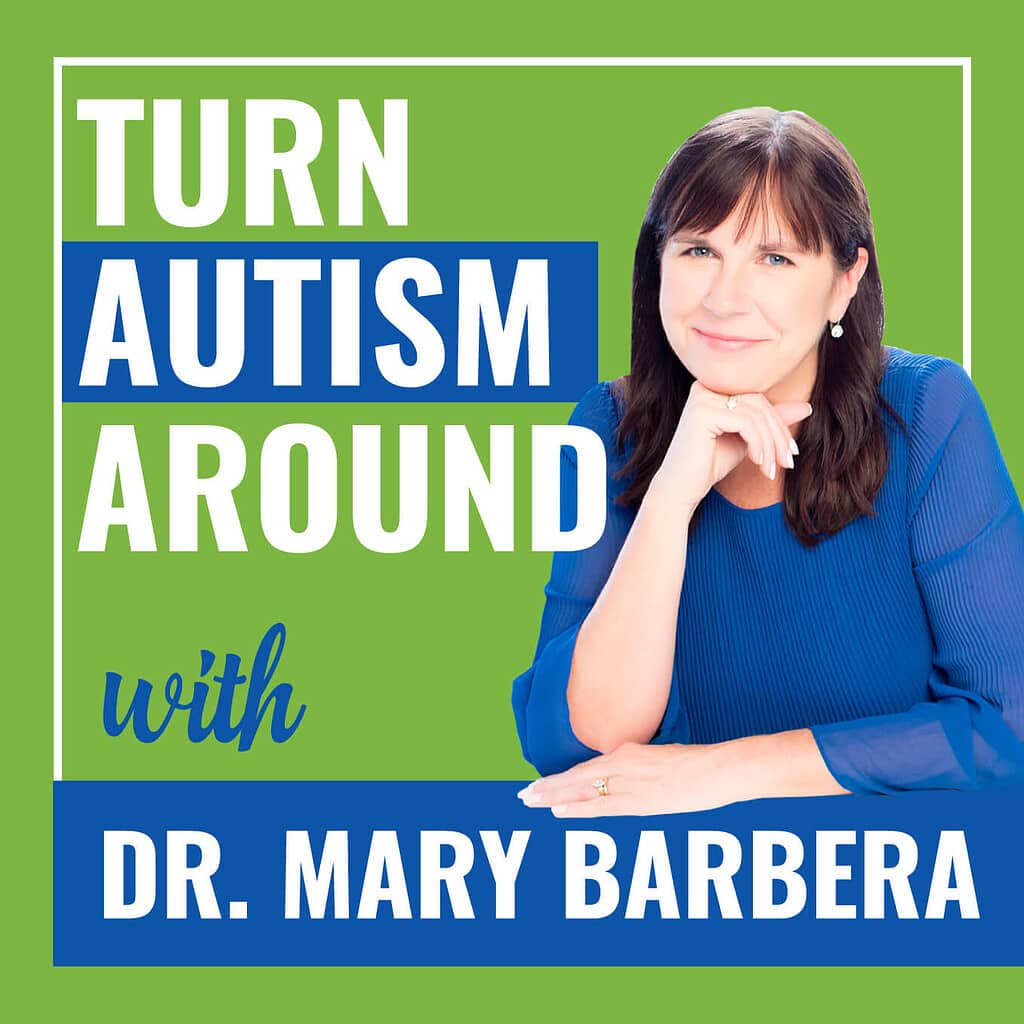Are you struggling with autism waitlists and feeling stuck? This podcast episode, featuring Dr. Mary Barbera and Kelsey, unveils the harsh realities and offers a beacon of hope. From the emotional toll of waiting for a diagnosis to actionable steps you can take today, this episode is a must-listen for anyone on this journey. Discover how to become the captain of your ship, leveraging resources and strategies to navigate the system effectively. Tune in to transform your waiting time into a proactive path toward support and understanding
YOU’LL LEARN
- Reasons for the long waitlists
- The impact of waiting on the lists before taking action
- Strategies while waiting for services
- What to do if you aren’t happy with therapy but fear a waitlist
What is an Autism Waitlist, and Why are They So Long?
Autism waitlists refer to the queues families find themselves in while waiting for diagnostic evaluations, therapy sessions, or access to specialized services for autism spectrum disorder (ASD). These waitlists can be extensive, sometimes spanning months to years, due to several factors, including a shortage of specialized healthcare providers, increasing ASD diagnosis rates, and systemic healthcare inefficiencies. Even before the COVID-19 pandemic, wait times for an autism evaluation could range from nine months to two years across the United States, with similar or worse scenarios reported globally. The bottleneck exacerbates as once a diagnosis is received, families often find themselves queuing again for therapies like speech, occupational therapy (OT), and Applied Behavior Analysis (ABA), vital for the child’s development.
What Can I Do While on a Waitlist for Diagnosis or Services?
While on waitlists, parents and caregivers are encouraged not to remain passive. Engaging in early intervention strategies, even before an official diagnosis, can be beneficial. In the United States, children under the age of three can qualify for evaluations and services through the Birth to Three program, which may offer free or low-cost access to vital therapies. Beyond governmental services, parents are urged to educate themselves on autism and related interventions. Resources like Mary Barbera’s “Turn Autism Around” book and associated online courses offer practical advice and strategies that can be implemented immediately. These resources emphasize the importance of proactive involvement in a child’s development, suggesting that knowledge and early action can significantly impact a child’s progress.
My Child is In Therapy, But I’m Not Happy With It. Should I Stay or Leave?
This question touches on the dilemma many parents face when they feel current therapy isn’t meeting their child’s needs, yet alternatives seem scarce due to waitlists. The consensus is that while it’s crucial not to abandon therapeutic support entirely, parents should feel empowered to seek better-fitting services or adjust their approach. This might involve consulting with different therapists, considering online therapy options, or integrating strategies learned from autism education resources into daily routines. The emphasis is on collaboration with professionals who are open to parental input and willing to adapt strategies to suit individual needs. Importantly, parents are encouraged to become informed advocates for their children, ensuring that interventions are not only accessible but also positively impact the child’s development and well-being.
These discussions underscore the challenges and potential solutions within the autism services landscape, offering hope and direction to families navigating these complex systems.

RESOURCES
- Workshops – Learn more about our online courses and resources with a free workshop
- Free autism digital assessment
- Turn Tantrums Around Mini Course
- 5 Days to More Talking







